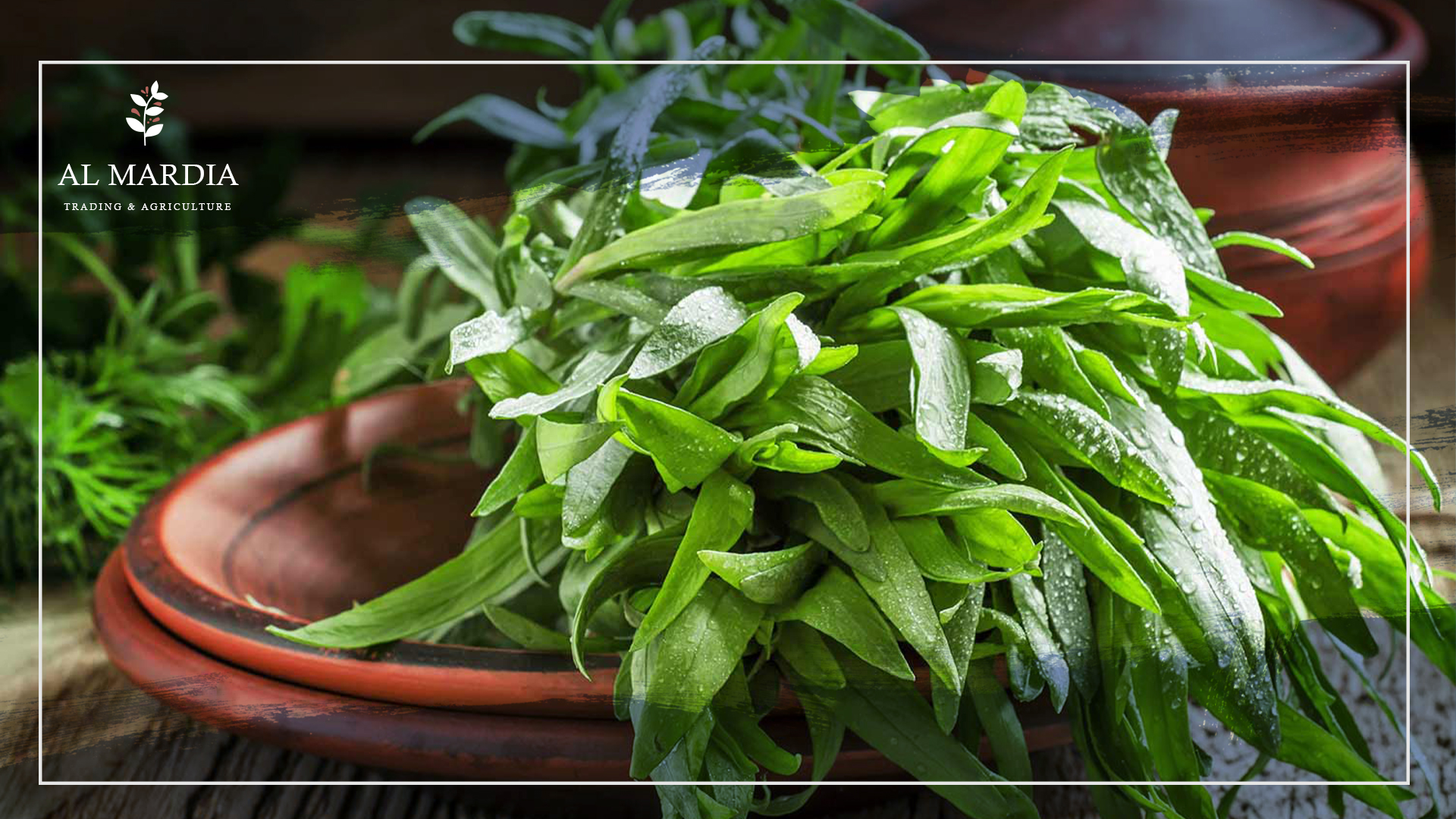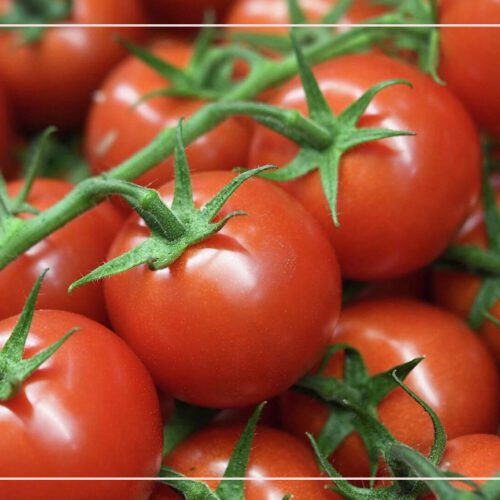

Growing Tarragon – Tips and Tricks for the Perfect Harvest
Home herb gardeners are discovering the benefits of growing tarragon (Artemisia dracunculus). This fragrant herb has a licorice-like flavor that is perfect for accompanying egg, fish, and poultry dishes. It can also be added to vinegar and sauces to give them an extra depth of flavor. With its versatility and delightful taste, tarragon is becoming an increasingly popular choice for home herb gardens. Fresh herbs are the most ideal when it comes to their aroma and flavor, although dried and frozen leaves can also be used.
What is Tarragon?
- Tarragon is a classic herb with numerous medicinal effects due to its high concentration of vitamins, minerals, and antioxidants. It is a semi-hardy perennial plant that grows 12 to 24 inches tall and generally requires additional care during the winter season as they are quite resistant to extreme weather conditions such as drought.
- Tarragon happens to pair well with eggplant, but can also be beneficial for other vegetables.
- French Tarragon is an appealing herb, often part of the Daisy family, whose features include thin green leaves and elegant gray-green flowers. It can add a gentle appeal to your garden borders and grow splendidly when kept in pots indoors.
Tarragon Plant Care
Tarragon is a widely used culinary herb known for its aromatic flavor. Growing it is relatively easy and it can even withstand drought conditions. The French variety is the most preferred for cooking purposes, but it is unable to produce any seeds, and therefore, the only way to add this herb to your garden is by buying a young plant or asking someone you know for a cutting.
The most opportune time to plant Tarragon is during the early months of spring. In hot and sunny climates, it should be kept away from direct sunlight for extended periods. Additionally, its soil needs to be sandy and should have excellent drainage capabilities.
-
Light
Tarragon is an herb that does not appreciate direct sunlight in hot climates. Full sun may be acceptable for temperate climates, whereas, for other climates, it’s best to choose a location where the plant can receive only partial or morning sun. It prefers warm temperatures rather than very hot ones.
-
Soil
Tarragon does not thrive in extremely wet conditions. It is well-suited for periods of low moisture but flourishes best when grown in a light, sandy loam that is sufficiently drained.
If the soil is too rich in acidity and humidity, then it can lead to poor plant growth, root decay, and a decrease in the flavor of the produce.
-
Water
When considering the frequency and amount of water for a Tarragon plant, one must take into account its stage of growth as well as the climate.
To sustain young Tarragon plants in hot and dry weather, you should water them every other day. As they mature, though, lightly watering them once every few days would be enough.
Before you start watering your tarragon plant, it’s important to check the soil’s moisture level. If the top inch is still moist, you don’t have to water it yet. On the other hand, if it is dry, go ahead and provide enough water for your plant.
While tarragon is generally quite resilient to dry soil, overwatering should be avoided as it can lead to reduced growth and flavor intensity. When it comes to caring for the plant, going a little bit on the dry side is usually better than too much water.
-
Temperature and Humidity
This tough plant is not affected by mild temperature changes, even if a cold spell occurs. But, tarragon doesn’t like too much heat and sunlight as well as high humidity which can affect its growth.
During winter, when the plant is dormant, the roots can be safeguarded from low temperatures by placing mulch around it.
-
Fertilizers
Tarragon does not need any kind of fertilizer to thrive. Planting it in soil that is depleted of nutrients leads to the best flavor. Only during its initial planting phase should one use an all-purpose variety of fertilizer such as Growthmax.
Pests and diseases
- Tarragon is highly resistant to most insect-related diseases but can suffer from some fungal diseases like Downy Mildew, Powdery Mildew, and Rhizoctonia Root Rot. To prevent these problems, it is best to plant your tarragon in well-ventilated areas and water it on sunny mornings so that the leaves will dry by nightfall.
- In certain cases, natural products like Citromax can prove to be a very effective method of controlling a wide range of pathogenic fungi, while also avoiding any sort of harm to the soil, groundwater, or biodiversity.
Tips for Harvesting and Storing
- For the best flavor, harvest tarragon 6-8 weeks after you transplant it outdoors. Be gentle with the plants since they’re delicate and pick them up in the morning when the dew has evaporated.
- You can also put the stems of tarragon in a small glass of water and leave them on the counter for about a week. It’s best to refrigerate the herb for extended storage.
- Fresh tarragon can be refrigerated for up to two weeks if it is washed, dried, and wrapped in a wet paper towel before putting it in an airtight container. Alternatively, you can also freeze it for up to five months.
- Preserving herbs by drying them is easy: Bundle cuttings together and hang them upside down in a cool, dark area with good air circulation. Once fully dried, remove any leaves from the stems and store them in tightly-sealed jars. While doing this, the leaves may slightly brown – but for best flavor and effectiveness, only grind or crush before use.
- You can ensure that your dried tarragon is kept in peak condition for a whole year if you store it in an airtight container and keep it in a cool and dark location.
Don’t forget that you can preserve the flavor of tarragon better than drying it by storing it in white vinegar. This way, it will remain fresh for a longer time.
Related topic
Get an Organic Green Lawn
Common Questions
-
What are the tips for growing tarragon?
To get the most out of tarragon, it needs a sun-filled, warm, and sheltered spot with well-drained soil. French tarragon in particular prefers light, sandy soils that are not very rich in nutrients.
-
How often should you water tarragon?
If you’re uncertain, planting tarragon in a raised bed, with good drainage is the best way to go. Young tarragon plants should be watered every other day during dry weather. On the other hand, mature plants need to be watered every three days for continuously fresh leaves.
-
How do you winterize tarragon?
Once the initial hard frost appears, cut your plants nearly to the ground and cover them with the earth. Then, put 4-6 inches of mulch on top for extra protection. For an even more sturdy layer of defense against drying winds, laying evergreen boughs over your herbs is a great choice.





